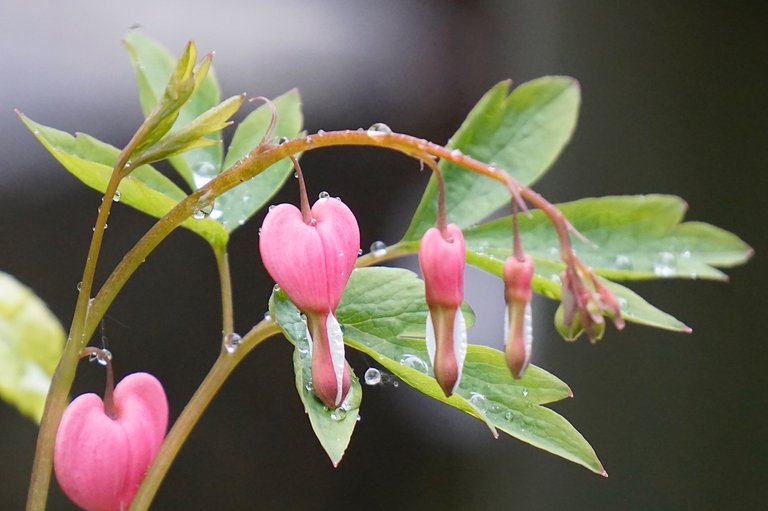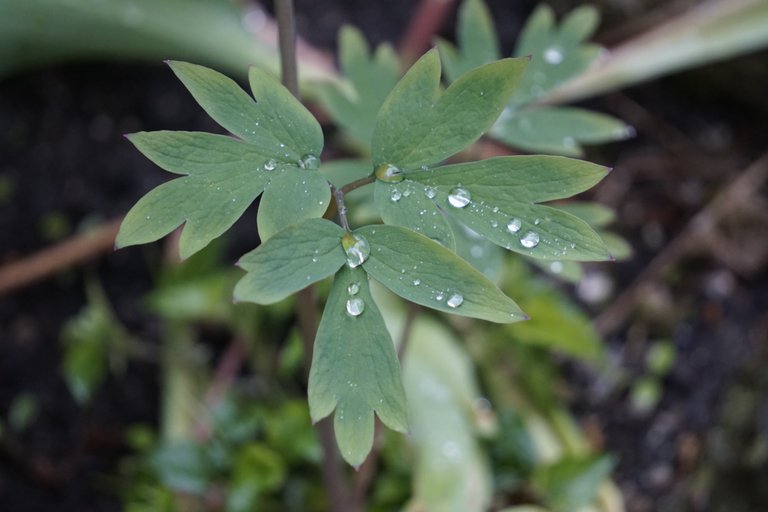Hey dear community, first of all I would like to welcome you to my contribution and hope you had a day that was full of positive experiences! In this article, I would like to discuss the ecological benefits of a plant and hope you can expand your knowledge a little.
Here you can see some pictures of a wonderful plant which also under the name bleeding heart or scientifically Lamprocapnos which originally comes from Asia where it is native to China and Korea. In China, it has already decorated the gardens in the past and was particularly appreciated because of the extravagant looking flowers, which is somewhat reminiscent of a heart and gives the garden an artistic flair and in the 19th century, the bleeding heart also found its way to Europe where it was first cultivated in England and who brought it to England for the first time was the Scottish gardener and botanist Robert Fortune (1812 - 1880) who focused on traveling to other countries and looking for plants to import them and from there it also found its way to other countries. Even if the nectar is not very easy to reach because of the closed flowers, it can also be very worthwhile to cultivate from an ecological point of view and it is often visited by bumblebees, bees and other insects and especially often you will find some species of wild bees which are unfortunately becoming rarer and rarer and some insects are even so convinced of the flowers that they even easily drill the flowers to get to the nectar. The leaves also provide food for caterpillars and sometimes you can also see one or the other insect that the plant uses to make itself comfortable there and for humans, the plant is poisonous and it is important to warn against consumption! I would recommend the bleeding heart for anyone who is looking for something easy-care on the one hand that not only gives an artistic flair but also offers a food source for insects and I think it creates an additional elegance in these pictures that the flowers as well as leaves are decorated with raindrops.
Thanks for stopping by and I hope you could learn something new about nature and maybe I can motivate someone to cultivate the plant! I captured these pictures with my Camera Sony Alpha 6000 plus 55-210 mm lens.


#hive #posh